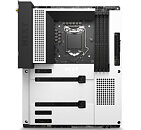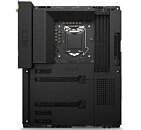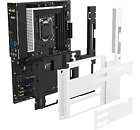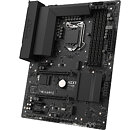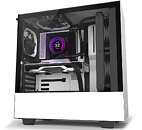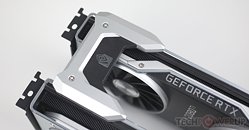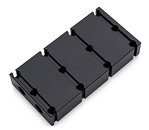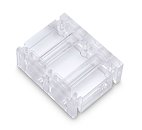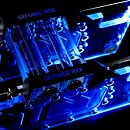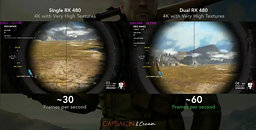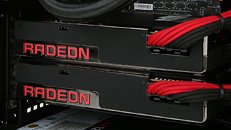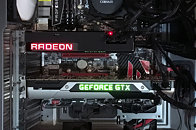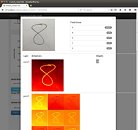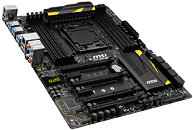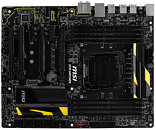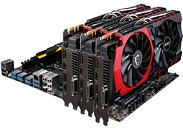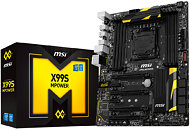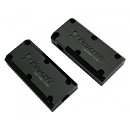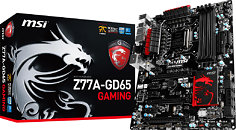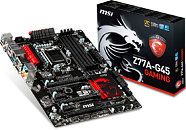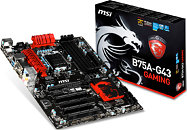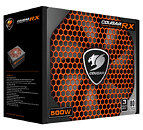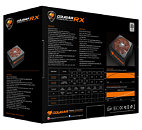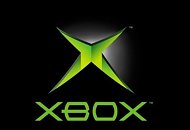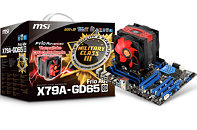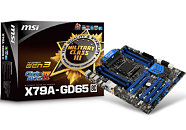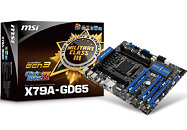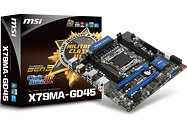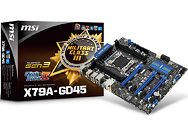
NZXT Announces the N7 Z490 ATX Motherboard
NZXT, a leading designer of computer hardware, software, and services for the PC gaming community, today announces the NZXT N7 Z490, its newest motherboard specially designed around Intel's 10th generation Z490 chipset. The NZXT N7 Z490 ATX motherboard focuses on providing builders with the tools to get the most out of their gaming PCs. Starting from the building process, the board layout of the N7 Z490 places the ports in an optimal location for an easy building experience.
When the build is completed, users can use NZXT CAM to easily tune their system by setting their fan curves and RGB lighting. Each board was manufactured in collaboration with ASRock, ensuring that each motherboard takes advantage of Intel's Z490 chipset and strong BIOS support. The N7 Z490 has WiFi 6 and Bluetooth V5.1 built-in so users have the newest wireless connectivity standard. Finally, the metal cover enhances the aesthetics of each build and seamlessly blends into the background of an NZXT H series case.
When the build is completed, users can use NZXT CAM to easily tune their system by setting their fan curves and RGB lighting. Each board was manufactured in collaboration with ASRock, ensuring that each motherboard takes advantage of Intel's Z490 chipset and strong BIOS support. The N7 Z490 has WiFi 6 and Bluetooth V5.1 built-in so users have the newest wireless connectivity standard. Finally, the metal cover enhances the aesthetics of each build and seamlessly blends into the background of an NZXT H series case.
